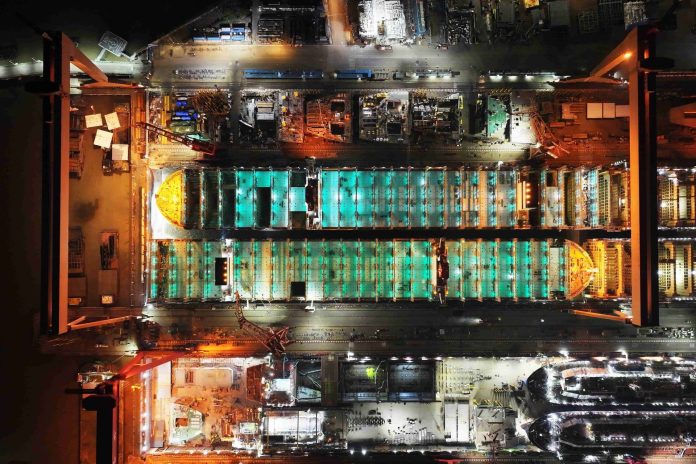The Digital Container Shipping Association (DCSA) is aiming to transition the entire container shipping industry to digital bills of lading by the end of the decade, potentially saving US$6.5 billion in costs and boosting trade by up to US$40 billion.
The DCSA, which now has 10 carrier members and is a member of the Future of International Trade Alliance (FIT Alliance) aiming to standardise and digitalise trade, believes it can find a solution to the interoperability challenges that have faced electronic bills of lading (ebLs) and so far prevented their widespread use.
Speaking to Container News following the launch of the CargoX and HMM partnership to offer eBLs to the carrier’s South Korean customers, Bojan Čekrlić, CEO at CargoX, said: “This collaboration advances global trade by implementing efficient, fast, and secure electronic bills of lading.”
While the HMM and CargoX partnership is a shift in the right direction, Čekrlić said that there is still a way to go before the DCSA, of which HMM is a founder member, and the FIT Alliance, which includes BIMCO, FIATA, the International Chamber of Commerce and financial service enabler Swift, achieve their ultimate goal.
Historically, one of the barriers to the widespread acceptance of eBLs is the inability of one player to transfer the documents to another within the supply chain, and the interoperability of the digital freight transportation documentation, caused by the spread of different computer languages available.
However, Bojan Čekrlić argues that there are five levels of interoperability, and these are loosely based on the European Union’s (EU’s) National Interoperability Framework Observatory’s analysis.
On the first level of interoperability, the technical level, the solution was “easy”, “you just need to sit down and agree” he said.
A system interoperability that allowed machines to communicate was solved by the DCSA using a computer language that gave systems the ability to talk.
“Technical interoperability [of bills of lading], worked on by the DCSA. It defines a standardised set of APIs for communicating between systems. Furthermore, DCSA standardised the structure / semantic layer as well, because it created a standardised format for representing eBLs using JSON [Java Script Object Notation],” explained Čekrlić.
A greater challenge was solving the third and fourth interoperability levels, with the third level concerning the legal implications of what is essentially a legal document between contracting partners.
The industry is in the process of developing two solutions to the issue of jurisdiction, with DCSA creating a system where contracting partners accept additional terms and conditions to accept eBLs, but Čekrlić points out that this system is still subject to further development.
However, Čekrlić argues that a simpler method is to use the UN’s Model Law on Electronic Transferable Records (MLETR).
“Basically, MLETR equalises the paper and electronic formats. A lot of countries around the world have accepted laws based on MLETR. The UK accepted it, and it’s called ETDA – Electronic Transferable Documents Act. And just about a fortnight ago a similar law was accepted in France as well. Now you have a mandatory legal ground for transferring the eBL,” explained Čekrlić.
The fourth level of interoperability is crucial, but should be easily overcome, and that is, simply put, ‘who pays?’.
Perhaps the most crucial level of the interoperability challenge, the fifth level, is posed in Čekrlić’s last question, “Do I want to work with you?”.
Given the number of players involved in the movement of freight around the world and the trust required to make these cargo movements secure, it is a pertinent question that should be asked by every actor in the supply chain.
Mary Ann Evans
Correspondent at Large







